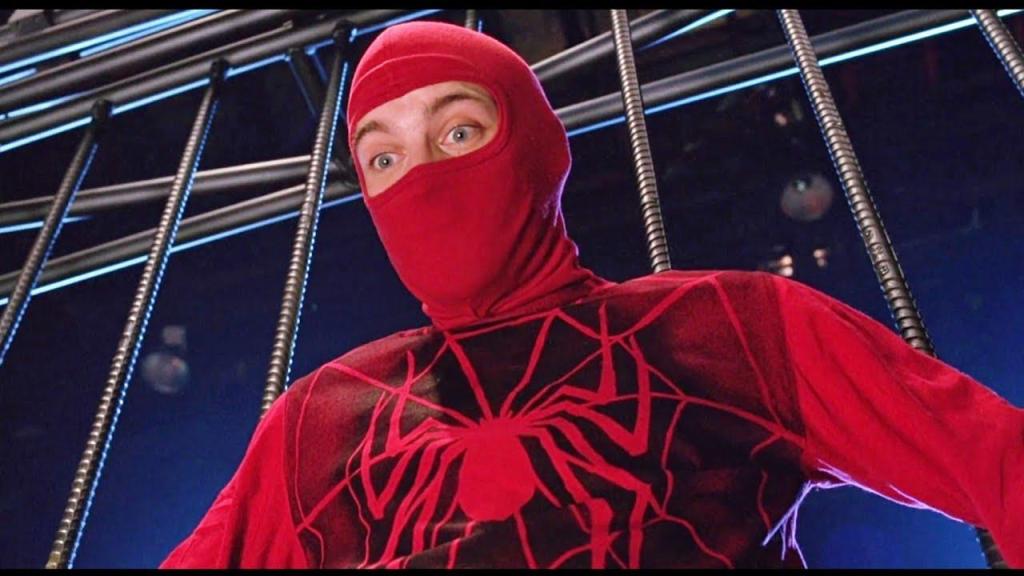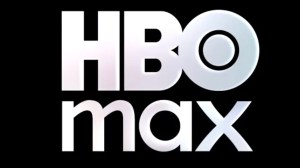Sam Raimi’s 2002 Spider-Man remains one of the best superhero movies in history, thanks to the director’s unique mix of campy fun and high emotional stakes. However, Spider-Man‘s aging like fine wine is also due to the crew’s commitment to practical effects. One scene, in particular, required an astounding 156 takes and a 16-hour shooting day to be perfect. It was worth it, as this dedication to authenticity over CGI shortcuts created a moment that still awes over two decades later.
Videos by ComicBook.com
Tobey Maguire and the Cafeteria Scene
The fabled sequence occurs early in the film when Peter Parker (Tobey Maguire) first discovers his newfound abilities in the school cafeteria. In the scene, Mary Jane (Kirsten Dunst) slips into the school cafeteria, launching all her food items in the air. Thanks to his spider reflexes, Peter can prevent MJ’s fall, grab her food tray, and perfectly catch every food item. Adding some CGI to the cafeteria sequence would be faster and easier. Instead, the scene became a testament to practical filmmaking, with Maguire performing the intricate catching sequence himself.
“They were gonna do that digitally,” Maguire revealed in the film’s DVD commentary track. “Someone came up with the idea of standing above the camera and dropping all that stuff and hoping it landed right.” This simple concept proved far more challenging in execution, as the production team discovered during their marathon filming session. VFX supervisor John Dykstra confirmed the feat’s difficulty, stating, “This next gag here, where he catches all this stuff, [Maguire] actually did that. Pretty good. Take 156.” While the exact take count might be part of Hollywood legend, Kirsten Dunst validated the scene’s authenticity, noting, “Not CGI, by the way. That’s all Tobey, which is pretty impressive. They used sticky glue stuff to stick his hand to the tray.”
Impressive is one way to put it. While the tray was glued to Maguire’s hand for the scene, it’s still hard to catch all the items in the correct position without letting anything slip or fall. They could have stopped after a few takes and returned to the digital effect route. That’s not Raimi’s way of doing cinema, though, as the director has a rare passion for practical effects.
Sam Raimi’s Practical Effects Vision

Sam Raimi’s filmmaking philosophy has always emphasized practical effects over digital solutions. This approach stems from his early days directing The Evil Dead, where innovative practical solutions became his trademark and earned him a devoted following.
For Spider-Man, Raimi sought to ground the superhero story in reality whenever possible. His casting choice reflects the film’s ethos. In an interview with Variety, Raimi reveals he chose Maguire because “we needed somebody who was not Christopher Reeve, not extraordinarily tall and handsome, and that would turn heads.” Alternatively, “We needed somebody with a heart and soul that the audience could recognize themselves in.”
Raimi’s desire to ground his incredible, fantastical movie also led to the extensive use of practical suits and effects. By 2002, Raimi was a veteran in that department after building fame with The Evil Dead franchise. Still, applying the same production vision to a big-budgeted superhero flick was not as simple. In the DVD’s commentary track, Dykstra says Sony wanted to cut the cafeteria scene and only kept it because Raimi had already “wasted” 16 hours to shoot it.
If it were up to the suits, the scene would never seen the light of day. We are lucky Raimi pushed for it, as it became a relic of Hollywood history that helps exemplify how a director’s unique voice always trumps bland CGI-infested blockbusters. Hopefully, Raimi will use plenty of practical effects in his next Marvel adventure.
Sam Raimi Should Use Practical Effects for Doctor Strange 3

Almost two decades after making history with Spider-Man, Raimi was hired by Marvel Studios to helm Doctor Strange in the Multiverse of Madness. The movie faced multiple production challenges, including the pandemic and last-minute rewrites for the sake of continuity with Spider-Man: No Way Home. Unsurprisingly, it was met with mixed reception by critics and fans alike. Yet, Doctor Strange in the Multiverse of Madness is still praised for Raimi’s unique visual style and horror elements.
Fortunately, Raimi will get another shot at the MCU, and if Marvel Studios gives him enough creative freedom, he will knock it out of the park with Doctor Strange 3. Recent reports suggest that the filmmaker is in final negotiations to helm the project, which could signal a return to more grounded effects work in Marvel’s supernatural corner. His potential return to the franchise could mean a perfect blend of practical effects and necessary CGI, potentially creating a more visceral magical experience. Looking back at 2002’s Spider-Man, we can’t help but cross our fingers and hope for this to be true.
Spider-Man and Doctor Strange in the Multiverse of Madnessare available for streaming on Disney+.








